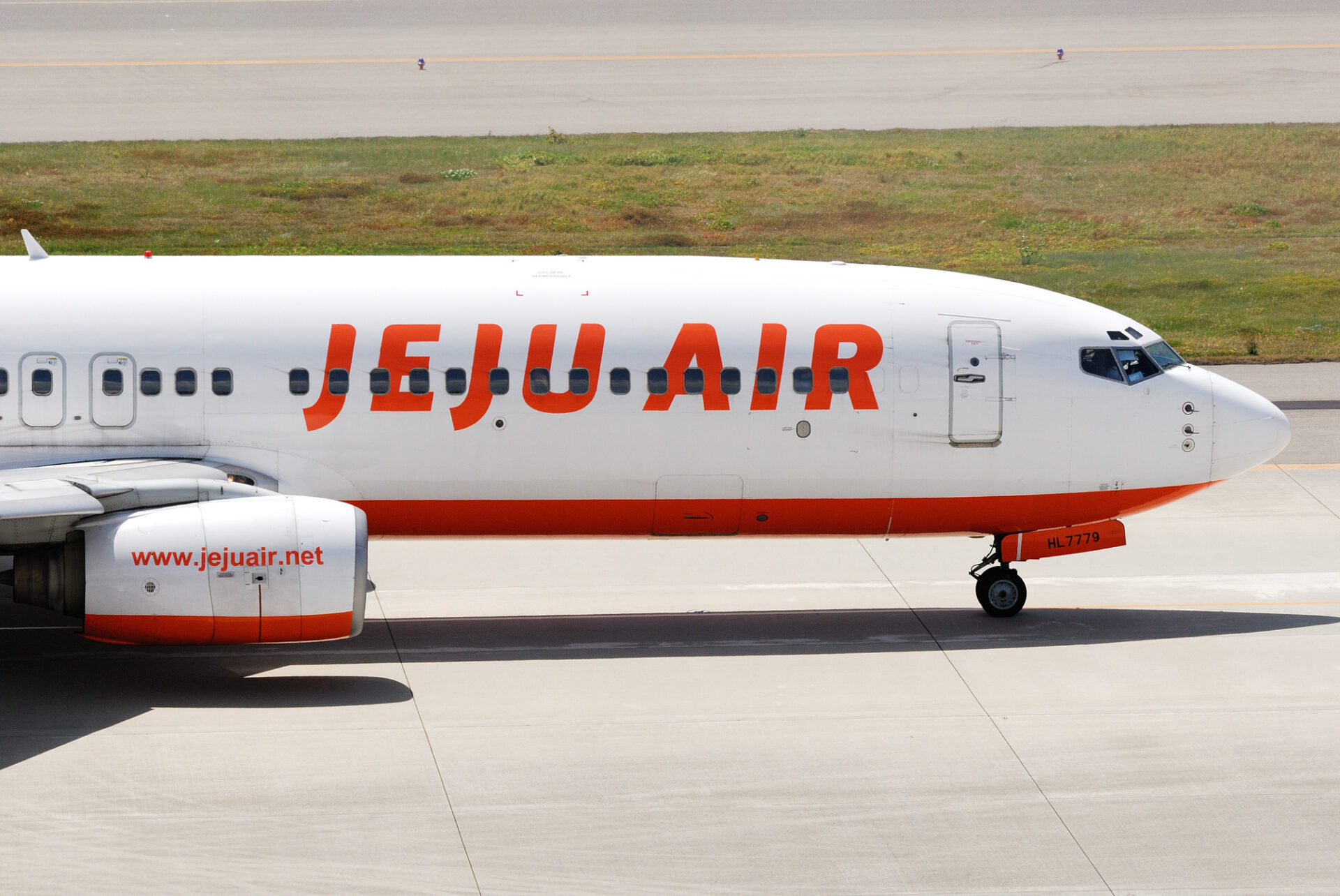South Korean officials investigating the fatal Jeju Air crash have released a preliminary report suggesting that a bird strike may have been the primary cause.
The six-page report was issued by South Korea’s Ministry of Land, Infrastructure and Transport (MOLIT) on January 27, 2025.
The initial findings show that both engines of the Jeju Air Boeing 737-800, which crashed into a concrete localizer structure at Muan International Airport (MWX) on December 29, 2024, contained DNA from Baikal Teals, a small duck species common in eastern Asia.
The pilots reportedly spotted a flock of birds while approaching the runway at 08:58:56 local time. The aircraft “made an emergency declaration (Mayday x 3) for a bird strike during a go-around”, as stated in the report.
As the Boeing 737-800 was flying over the left side of runway 01, it turned right and headed for runway 19 to land. The aircraft aligned with the centerline of the runway and conducted a so-called ‘belly landing.’ However, the report does not provide any initial conclusions as to why the aircraft landed without its landing gear.
“Both engines were buried in the embankment’s soil mound, and the fore fuselage scattered up to 30-200 meters from the embankment,” the report read. “The empennage flipped and fell beyond the embankment, partially burning.”
The flight data recorder (FDR) and cockpit voice recorder (CVR) failed to capture the final moments of the flight, stopping at 08:58:50 local time. The aircraft hit the embankment at 09:02:57 local time, leaving a gap of 00:04:07 in the recordings.
At the time the recorder stopped, the aircraft was traveling at 161 knots and at an altitude of 498 feet. However, the report does not explain why both recorders stopped simultaneously just before the crash.
The ministry noted that so far this information is “preliminary, subject to change, and may contain errors. Any errors in this report will be corrected when the final report is completed.”
The Aviation and Railway Accident Investigation Board (ARAIB) will disassemble the engines, examine components in depth, analyze black box data, investigate the embankment, localizers, and bird strike evidence to “determine the accurate cause of the accident”, the report continued.
The investigation is ongoing with the assistance of the National Transportation Safety Board (NTSB) and the Bureau d’Enquêtes et d’Analyses pour la Sécurité de l’Aviation Civile (BEA).

